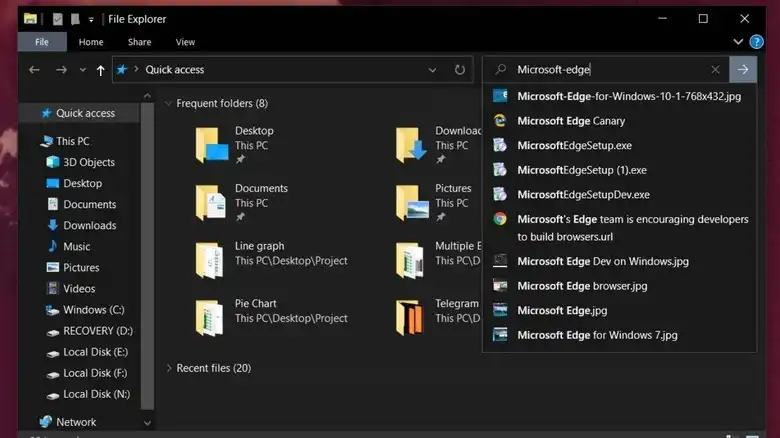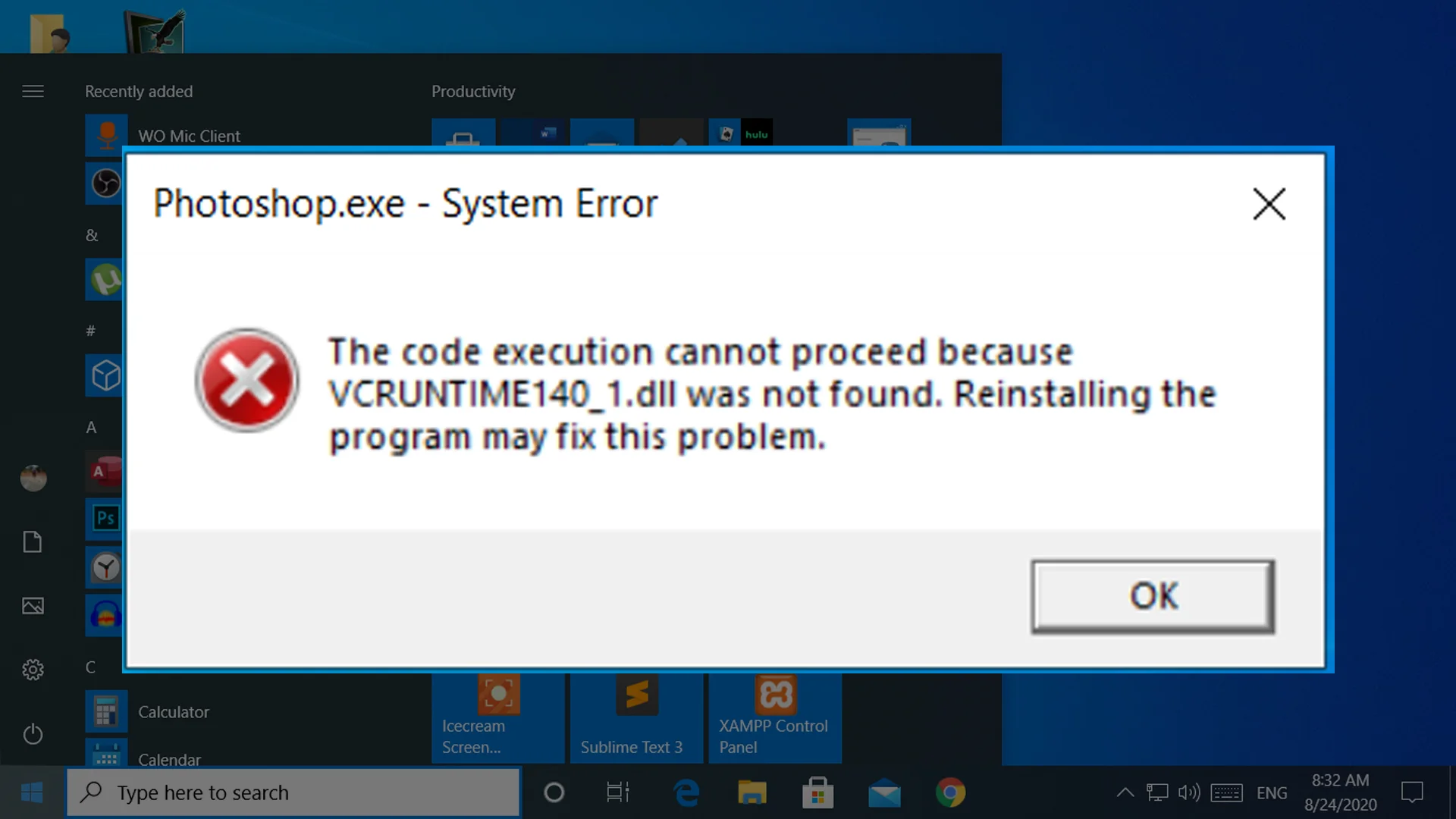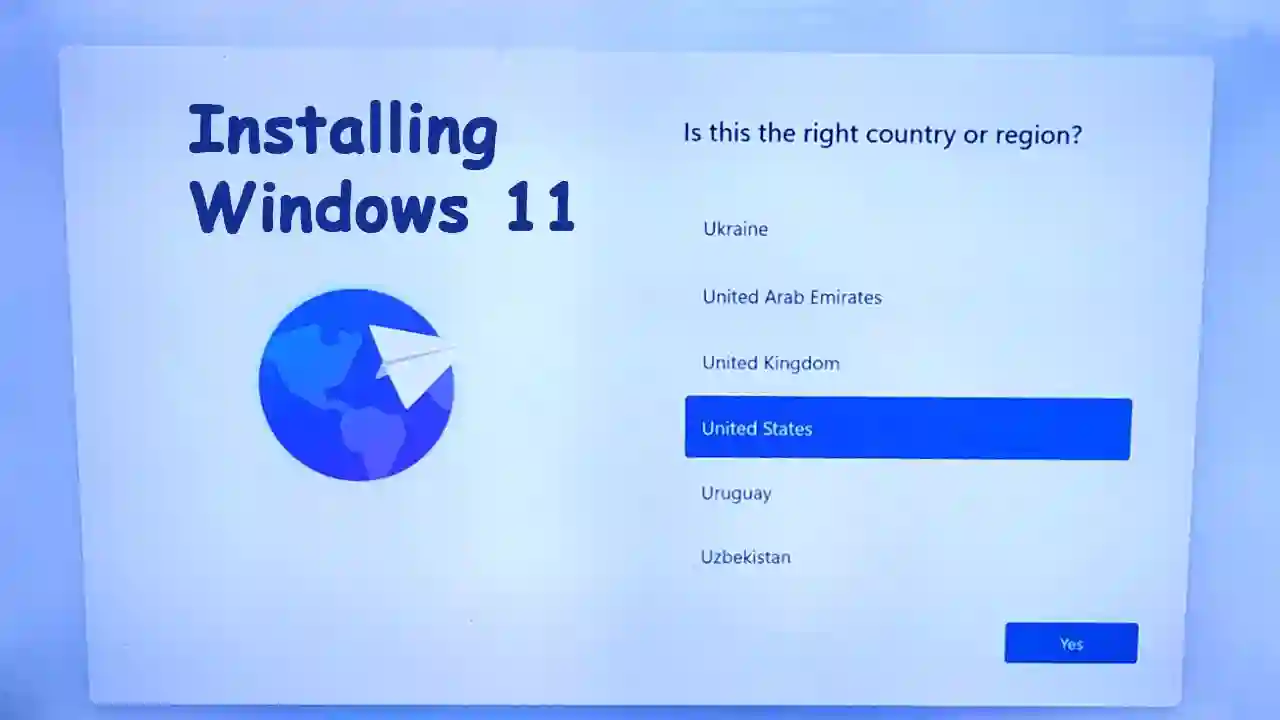In November 2019, Microsoft rolled out a significant update for Windows 10, officially known as the November 2019 Update. This release was also identified by its version number, 1909, and its development codename, 19H2. Unlike some of the more feature-packed updates that preceded and followed it, the November 2019 Update was notably smaller and quicker, often described by users and tech commentators as being akin to a traditional service pack, focusing on performance improvements and refining existing features.
At the time of its release, users could typically install the update by navigating to Settings > Update & Security > Windows Update and clicking "Check for Updates." If their device was ready, an option to "Download and install now" would appear.
Key Features Introduced in the Windows 10 November 2019 Update:
While not a massive overhaul, version 1909 brought several noteworthy enhancements:
Online Search Integration in File Explorer
File Explorer received an updated search experience. When users typed into the search box, a dropdown menu would appear, showing suggested files. A significant change was its ability to include files stored in the user's OneDrive account online, not just files indexed locally on the PC. Users could also right-click search results within this dropdown to directly open the file's location.

Expanded Capabilities for Third-Party Voice Assistants on the Lock Screen
Previously, Cortana was the primary voice assistant available on the Windows 10 lock screen. The November 2019 Update introduced changes that allowed other voice assistants, such as Amazon Alexa, to be activated and used even when the device was locked. This signaled a shift in Microsoft's strategy for voice assistants on Windows.
Quick Calendar Event Creation from the Taskbar
Users gained the ability to quickly create calendar events directly from the taskbar's clock and calendar flyout. Clicking the date in the taskbar would open the calendar, and an option to add an event or reminder would be readily available without needing to open the full Calendar application.
Notification Management Improvements
The update brought more refined control over notifications:
- When a notification toast appeared, a new "Manage notifications" link would take users directly to the notification settings for that specific app.
- The general Notifications & actions settings page was updated to make it easier to configure notification settings globally and per-app, including visual tweaks to distinguish different notification sources.
Performance Enhancements
Microsoft highlighted that this update included general battery life improvements and power efficiency enhancements for PCs with certain processors. It also introduced a new processor rotation policy that aimed to distribute work more effectively among a CPU's "favored" cores, potentially improving performance and reliability for certain tasks.
Start Menu Tweaks
Minor usability improvements were made to the Start menu. For example, when hovering over items in the navigation pane on the left (like Power, Settings, or Documents), the pane would automatically expand to show text labels, making it easier to understand what each icon represented.
Other Notable Changes:
- File Explorer Search Update: As officially noted by Microsoft, search in File Explorer was updated to show web-powered suggestions in addition to locally indexed files.
- Accessibility - FN Key Awareness: Narrator and other assistive technologies gained the ability to identify the location of the FN key on keyboards and its current state (e.g., locked or unlocked).
A Stepping Stone in Windows 10's Evolution
The Windows 10 November 2019 Update (version 1909) served as an important iterative release. While it didn't introduce a vast array of brand-new, headline-grabbing features, it focused on refining the existing Windows 10 experience, improving performance, and laying groundwork for future developments. It was a clear example of Microsoft's then-approach to delivering a more polished and stable OS through smaller, service-pack-like updates interspersed with larger feature updates.
Since 19H2, Windows has continued to evolve, with subsequent updates bringing more significant changes and eventually leading to the release of Windows 11. Looking back at releases like the November 2019 Update provides interesting insight into the ongoing development journey of the Windows operating system.





